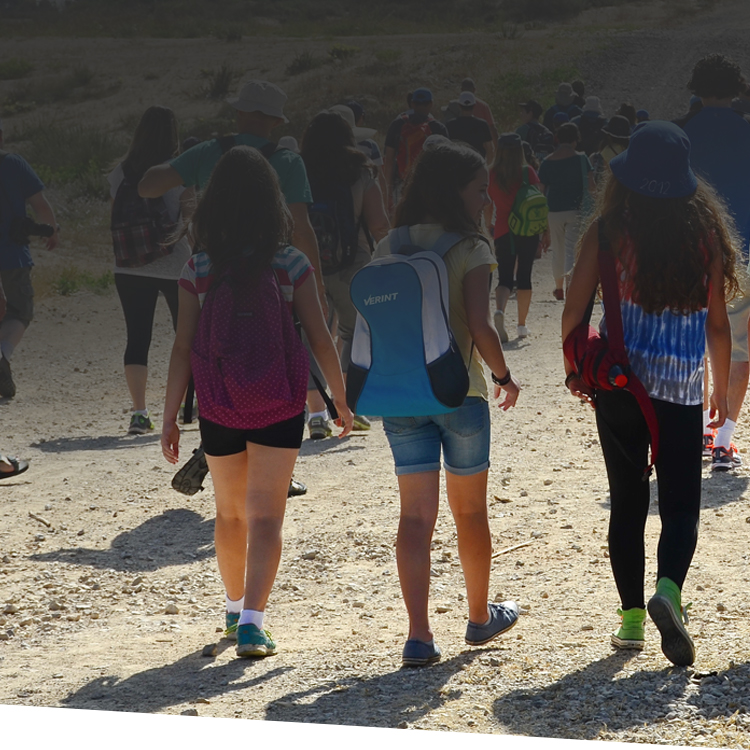Field trips can be seen in various ways in your school. Some see them as culturally enriching, giving students the opportunity to experience learning in a different context. Others see them as a distraction from lessons in the classroom, ineffective at imparting knowledge and an excuse to goof around.
Researchers wanted to see whether field trips are an effective method for learning. They worked with the Crystal Bridges Museum of American Art in northwest Arkansas and paired schools, based on similar demographic information, grade level, and other contributing factors. One school in each pair was assigned to receive a tour of the museum, and the other was deferred to the following season.
Students who visited the museum received a one-hour tour where they viewed and discussed five paintings. They then had free time to explore the museum on their own.
The researchers administered surveys to all students, both those who toured the museum and those who had not. They wanted to see how well students who toured were able to recall information; they measured the tour’s impact on their critical thinking, historical empathy, tolerance, and interest in visiting a museum in the future.
The researchers found that students who went on the tours recalled a great deal of factual information about the art they saw and discussed. This was particularly interesting since there was no grade or test associated with the tour.
Students were also able to think more critically about art they had not seen on the tour. Researchers found that “students who toured the museum were able to improve their ability to think critically about art by 9% of a standard deviation relative to the control group.”
Students who received the museum tour also demonstrated more historical empathy (6% of a standard deviation increase), tolerance (7% of a standard deviation increase), and interest in visiting an art museum in the future (8% of a standard deviation increase), as compared to those who had not yet toured. These numbers were often higher for students from less-advantaged backgrounds, such as those in rural or high-poverty areas.
Clearly field trips can have lasting effects for students, and present a different learning approach than traditional classroom tactics. In your quest to develop well-rounded students, consider whether field trips make sense for your school.
Additional ISM resources:
The Source for Business and Operations Vol. 9 No. 8 Planning for Safer Field Trips
Additional ISM resources for Gold members:
I&P Vol. 39 No. 2 Financial and Cultural Questions About Socioeconomic Diversity





